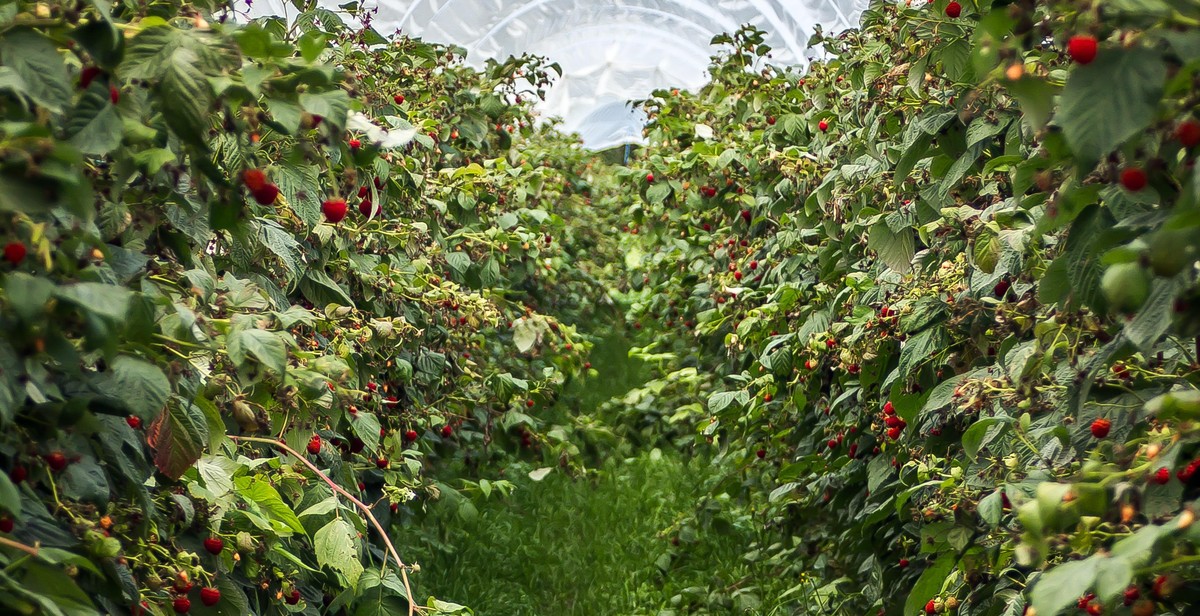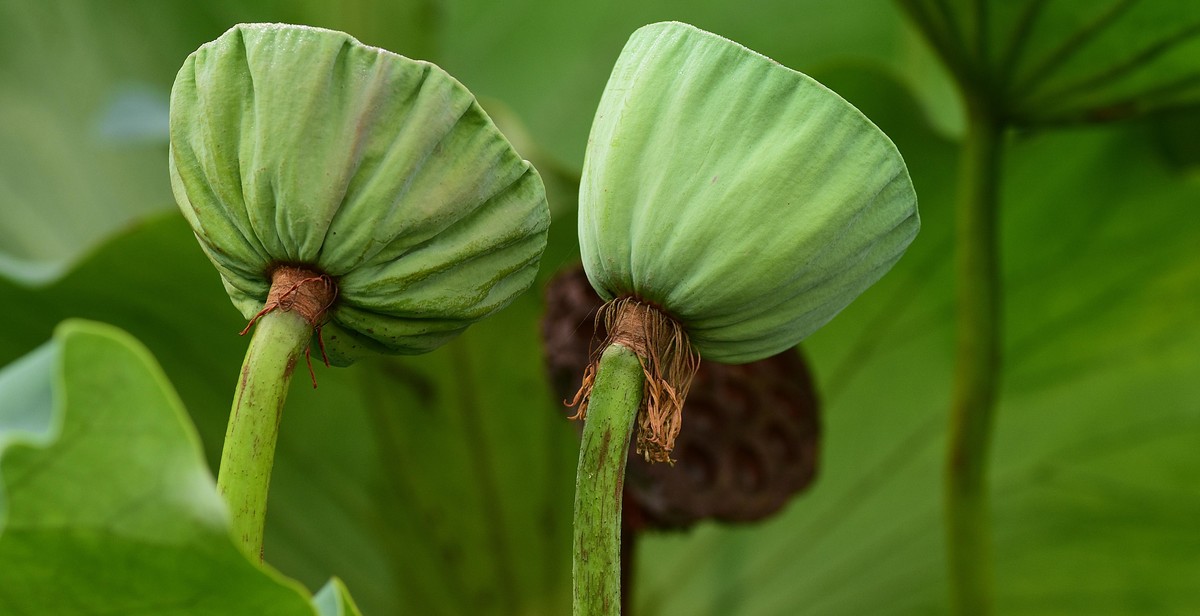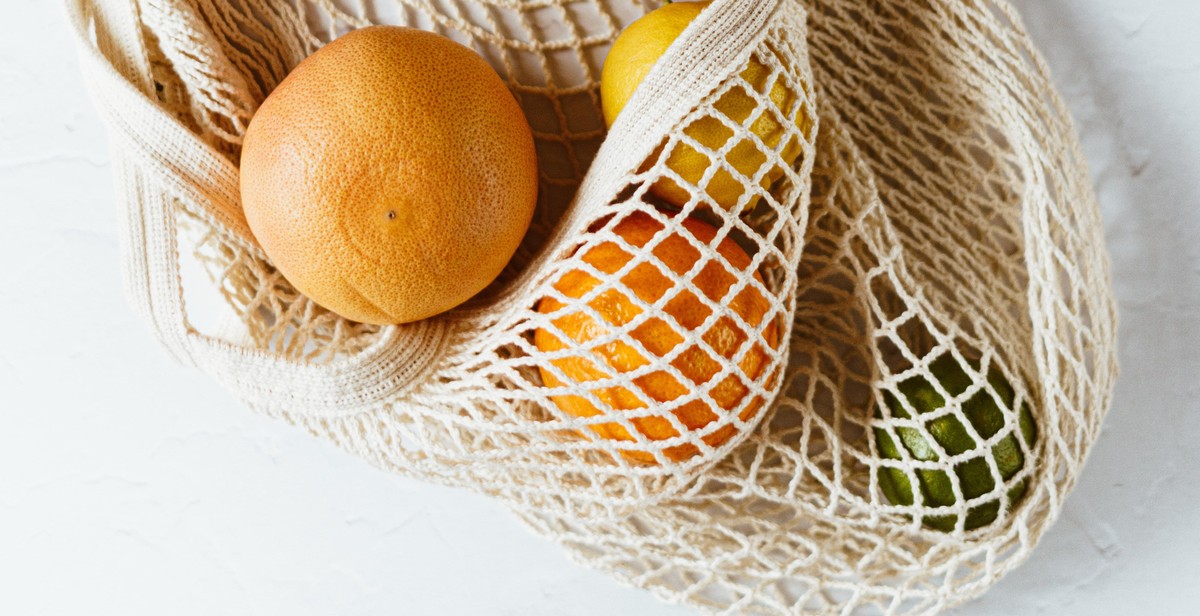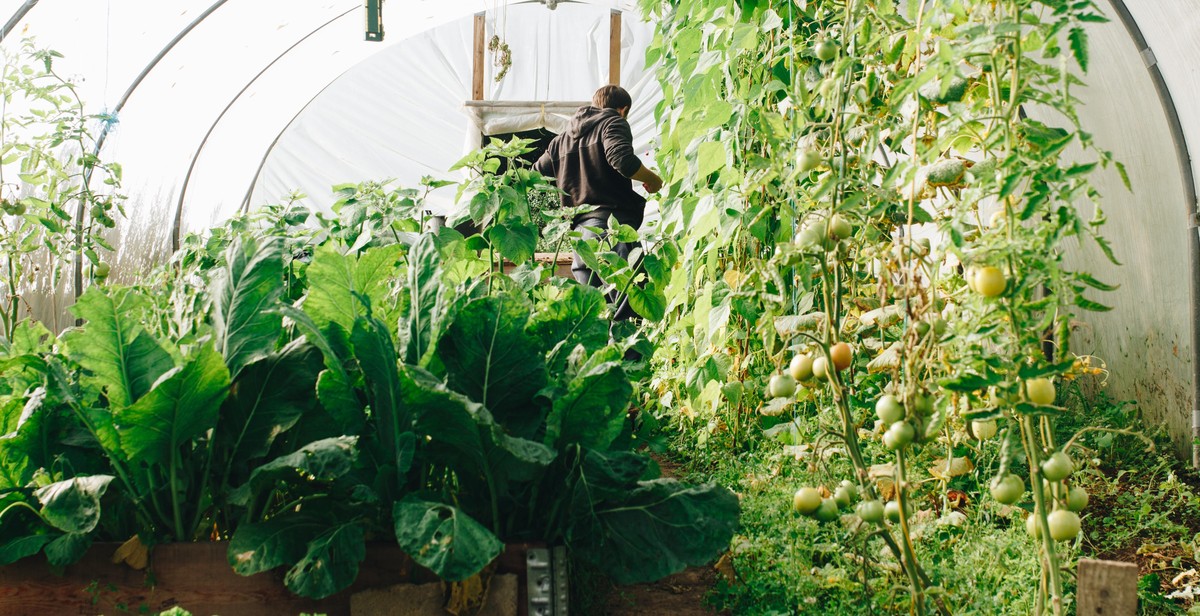How to Grow Exotic Fruits in a Greenhouse
Growing exotic fruits in a greenhouse is a great way to enjoy fresh, delicious fruits all year round, regardless of your climate or location. With a little bit of planning and preparation, you can create the perfect environment for your fruits to thrive, producing high-quality, flavorful fruits that are sure to impress.
Why Grow Exotic Fruits in a Greenhouse?
Greenhouses provide a controlled environment for plants, allowing them to grow in conditions that might not otherwise be possible. With a greenhouse, you can control the temperature, humidity, and light levels, creating an ideal environment for your fruits to grow and flourish.
Exotic fruits, such as mangoes, papayas, and pineapples, are often difficult to grow in traditional outdoor gardens due to their specific growing requirements. A greenhouse can provide the ideal conditions for these fruits to thrive, allowing you to enjoy delicious, tropical fruits even in colder climates.
Getting Started
Before you start growing exotic fruits in your greenhouse, it’s important to do your research and understand the specific needs of each fruit. Some fruits, for example, require high humidity levels, while others prefer drier conditions. Understanding these requirements will help you create the perfect environment for your fruits to grow and produce.
You’ll also need to choose the right type of greenhouse and equipment for your fruits. This may include heaters, fans, and lighting systems, as well as specialized pots, soil, and fertilizers.
With the right preparation and attention to detail, growing exotic fruits in a greenhouse can be a rewarding and delicious experience. Follow these tips and guidelines, and you’ll be enjoying fresh, exotic fruits in no time.

Why Grow Exotic Fruits in a Greenhouse?
Growing exotic fruits in a greenhouse has become increasingly popular in recent years. There are several reasons for this, including:
Control Over Climate
One of the most significant advantages of growing exotic fruits in a greenhouse is the ability to control the climate. Greenhouses create a controlled environment that allows growers to manipulate temperature, humidity, and light levels to suit the specific needs of their plants. This is particularly important for exotic fruits that may not be well-suited to the climate in which they are being grown. By providing a stable and controlled environment, growers can optimize growth conditions and increase yields.
Protection from Pests and Diseases
Another benefit of growing exotic fruits in a greenhouse is the protection it provides from pests and diseases. Greenhouses create a physical barrier that prevents pests and diseases from entering the growing area, reducing the need for chemical treatments and minimizing the risk of crop loss. This is especially important for exotic fruits that may be more susceptible to pests and diseases than other crops.
Extended Growing Season
Greenhouses also allow growers to extend the growing season for exotic fruits. By controlling the climate within the greenhouse, growers can maintain optimal growing conditions year-round, regardless of the weather outside. This means that exotic fruits can be grown and harvested outside of their natural season, providing a more consistent supply for consumers and increasing profitability for growers.
In conclusion, growing exotic fruits in a greenhouse offers several advantages, including control over the climate, protection from pests and diseases, and an extended growing season. These benefits make greenhouse growing an attractive option for growers looking to produce high-quality, exotic fruits with minimal risk and maximum profitability.

Choosing the Right Exotic Fruits
When it comes to growing exotic fruits in a greenhouse, it’s essential to choose the right fruits that will thrive in your specific climate and space. Here are some tips to consider when selecting the perfect exotic fruits for your greenhouse:
Consider Your Climate
The first step to choosing the right exotic fruits for your greenhouse is to consider your climate. Some exotic fruits require specific temperature and humidity levels to thrive. For example, tropical fruits like pineapples and bananas require a warm and humid environment, while citrus fruits like lemons and oranges prefer cooler temperatures. Research the climate requirements of the fruits you’re interested in growing to ensure they will thrive in your greenhouse.
Determine Your Space
Another important factor to consider when choosing exotic fruits is the amount of space you have available in your greenhouse. Some fruits, like papayas and mangoes, can grow quite large and require plenty of space to thrive. Others, like passionfruit and kiwi, can be grown on trellises or in smaller containers. Consider the amount of space you have and choose fruits that will fit comfortably in your greenhouse.
Research the Fruit’s Needs
Lastly, it’s essential to research the specific needs of the exotic fruits you’re interested in growing. Some fruits require specific soil types, fertilizers, and pruning techniques to produce healthy and abundant fruit. Make sure you have a good understanding of the fruit’s needs before planting to ensure success.
| Exotic Fruit | Climate | Space Requirements | Special Needs |
|---|---|---|---|
| Pineapple | Warm and humid | Large | Requires well-draining soil |
| Banana | Warm and humid | Large | Requires regular watering and fertilization |
| Lemon | Cooler temperatures | Medium | Requires well-draining soil and regular pruning |
| Orange | Cooler temperatures | Large | Requires regular watering and fertilization |
| Papaya | Warm and humid | Large | Requires regular watering and fertilization |
| Mango | Warm and humid | Large | Requires well-draining soil and regular pruning |
| Passionfruit | Warm and humid | Small | Can be grown on trellises |
| Kiwi | Cooler temperatures | Small | Can be grown on trellises |

Preparing Your Greenhouse
Before you start growing exotic fruits in your greenhouse, it is essential to prepare the space properly. Here are three crucial steps to take:
Clean and Disinfect
The first step is to clean and disinfect your greenhouse thoroughly. This process will eliminate any pests, bacteria, or fungi that could harm your plants. Start by removing all debris, including dead leaves and branches, and then sweep the floor. Use a soft brush to clean the walls and ceiling, and then disinfect the entire greenhouse using a solution of water and bleach. Be sure to wear gloves and protective clothing to avoid any contact with the solution.
Install Proper Ventilation
Ventilation is crucial for maintaining a healthy environment inside your greenhouse. It helps to regulate the temperature and humidity levels, which are essential for plant growth. Install proper ventilation systems, such as fans and vents, to ensure proper air circulation. This will also help prevent the buildup of harmful gases and excess moisture, which can lead to plant diseases.
Add Adequate Lighting
Exotic fruits require adequate lighting to grow and thrive. Make sure your greenhouse is located in an area that receives plenty of natural sunlight. If your greenhouse is not in an ideal location, consider installing artificial lighting to supplement natural light. LED lights are a great option because they are energy-efficient and provide the right spectrum of light for plant growth.
By following these steps, you can prepare your greenhouse for growing exotic fruits successfully. With a clean and well-ventilated space and adequate lighting, your plants will have the best chance of thriving.

Planting Your Exotic Fruits
Start from Seeds or Cuttings
When planting exotic fruits, you have two options: starting from seeds or cuttings. Starting from seeds is a cheaper option, but it requires more time and patience. Cuttings, on the other hand, are more expensive but offer a quicker and more reliable way to grow your plants.
Use High-Quality Soil
The success of your exotic fruit plants largely depends on the quality of the soil you use. Invest in high-quality soil that is rich in nutrients and well-draining. You can also mix in organic matter like compost to enhance the soil’s fertility.
Space Your Plants Properly
Exotic fruits need enough space to grow and thrive. Be sure to space your plants properly according to their growth habits and recommended spacing requirements. Overcrowding can lead to poor growth and disease.
| Plant Type | Spacing |
|---|---|
| Banana | 10-15 feet apart |
| Pineapple | 12-24 inches apart |
| Papaya | 6-8 feet apart |
By following these tips, you can ensure your exotic fruit plants have the best chance of thriving in your greenhouse.

Maintaining Your Exotic Fruits
Once you have successfully grown your exotic fruits in a greenhouse, it is important to maintain them properly to ensure healthy growth and a bountiful harvest. Here are some tips for maintaining your exotic fruits:
Water and Fertilize Regularly
Exotic fruits require consistent watering and fertilization to thrive. Make sure to water your plants regularly, keeping the soil moist but not waterlogged. Fertilize your plants with a balanced fertilizer every two weeks during the growing season, and reduce the frequency during the dormant season.
Prune Your Plants
Pruning is essential for maintaining the shape and size of your exotic fruit plants. Regular pruning also promotes healthy growth and increases fruit production. Remove any dead, damaged, or diseased branches, and prune back any branches that are growing too long.
Monitor for Pests and Diseases
Exotic fruits are vulnerable to a variety of pests and diseases, so it is important to monitor your plants regularly. Check for any signs of pests or diseases, such as wilting leaves, yellowing foliage, or holes in the leaves. If you notice any problems, treat them immediately with organic or chemical pest control methods.
By following these tips, you can maintain your exotic fruits in a greenhouse and enjoy a successful harvest. Remember to keep a consistent watering and fertilization schedule, prune your plants regularly, and monitor for pests and diseases to keep your plants healthy and productive.

Harvesting Your Exotic Fruits
Harvesting your exotic fruits is an exciting time, but it’s important to wait for the right time to ensure that your fruits are fully ripe and ready for picking. Each fruit has its own unique harvesting time, so it’s important to do your research and know when to pick them.
Wait for the Right Time
When it comes to harvesting, timing is everything. Many exotic fruits like papayas, mangoes, and pineapples will continue to ripen after being picked, but others like passionfruit and dragon fruit will not. To determine the right time to harvest your fruits, look for signs of ripeness such as color changes, softening, and aroma.
Handle Your Fruits with Care
When harvesting your fruits, be gentle and careful not to damage them. Use a sharp knife or pruning shears to cut the fruit off the plant, avoiding any bruises or cuts. Handle the fruit delicately to avoid any damage that could lead to spoilage.
Store Your Fruits Properly
After harvesting, it’s important to store your fruits properly to maintain their freshness and flavor. Some fruits like bananas and mangoes can be stored at room temperature, while others like avocados and papayas should be stored in the refrigerator. Be sure to research the proper storage conditions for each fruit to ensure they stay fresh for as long as possible.
| Fruit | Harvesting Time |
|---|---|
| Papaya | When the skin turns yellow or orange and the fruit feels soft to the touch |
| Mango | When the fruit is firm but gives slightly when squeezed and the skin develops a yellow or red blush |
| Pineapple | When the fruit turns golden yellow and smells sweet |
| Passionfruit | When the fruit turns slightly wrinkled and falls off the vine |
| Dragon Fruit | When the fruit turns a bright pink or yellow color and the scales on the skin start to dry out |

Conclusion
Growing exotic fruits in a greenhouse is a rewarding experience that allows you to enjoy a wider range of fruits that may not be available in your local market. With the right tools, knowledge, and techniques, you can successfully grow exotic fruits in your greenhouse and even turn it into a profitable venture.
Key takeaways
- Choose the right location and size for your greenhouse
- Select the appropriate exotic fruits to grow based on your region and climate
- Invest in quality greenhouse equipment and supplies
- Ensure proper soil and water management
- Implement pest and disease control measures
- Harvest your fruits at the right time and store them properly
Benefits of growing exotic fruits in a greenhouse
Growing exotic fruits in a greenhouse offers numerous benefits, including:
- Access to a wider variety of fruits that may not be available in your local market
- The ability to control the growing environment, ensuring optimal growth and fruit production
- The potential for year-round fruit production, providing a consistent supply of fresh fruits
- The opportunity to turn your greenhouse into a profitable business by selling your fruits to local markets or restaurants
Final thoughts
Growing exotic fruits in a greenhouse requires time, effort, and dedication, but the rewards are worth it. By following the tips and techniques outlined in this article, you can successfully grow a variety of exotic fruits and enjoy the many benefits that come with greenhouse fruit production.
| Author | John Smith |
|---|---|
| Date | August 15, 2021 |
| Category | Gardening |
